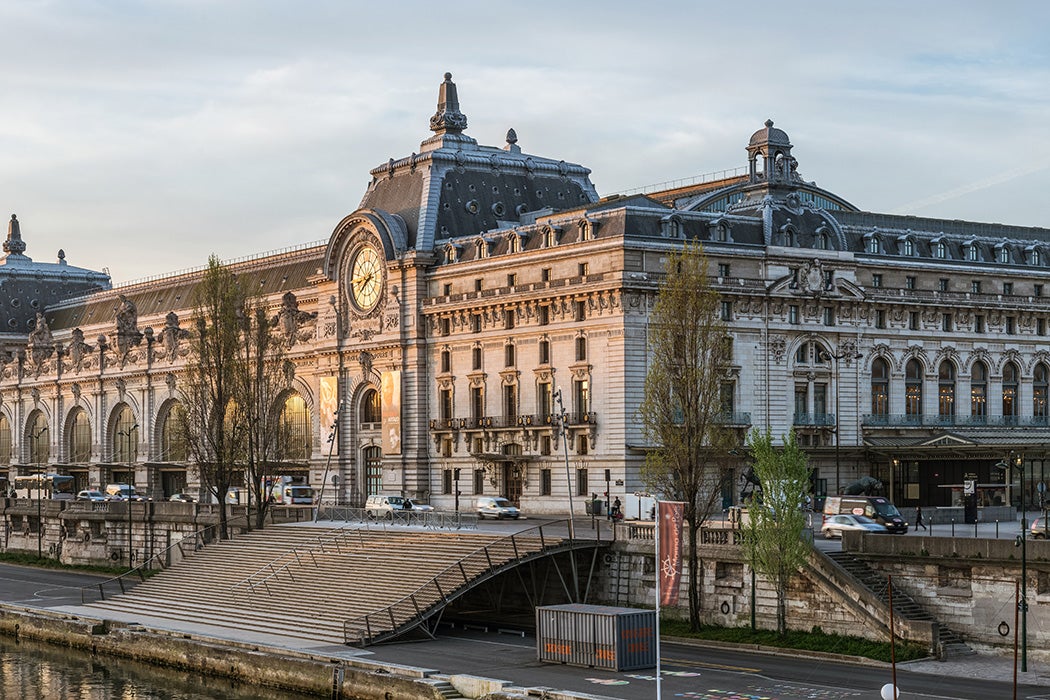Born Gaetana Emilia Aulenti in the northern Italian municipality of Palazzolo dello Stella on December 4, 1927, Gae Aulenti would become one of the most celebrated female architects and designers to come out of post-war Italy.
Aulenti grew up in Piedmont, moving to the city of Biella with her family as a child. From the late 1940s to early 1950s, a time when architecture and design was a field dominated by men, she attended the Polytechnic University of Milan. She was one of a handful of women enrolled there, and animosity toward female students at the school was openly expressed. In her article on women designers in post-war Italy, Catherine Rossi shares some experiences of other women studying at the Polytechnic around the same time as Aulenti, writing that
[d]uring one exam at the School, the architect Ambrogio Annoni asked [architect Cini] Boeri “how she could ever think of being an architect with curly hair.” Architect Sofia Badoni recalled how professors had problems believing in women’s capabilities; in one instance, rationalist architect Piero Portaluppi gave her low exam marks because he did not believe that the work she had submitted was her own.
After graduation, it was difficult for many of the woman graduates to build careers independent of men with whom they collaborated. More often than not, they became part of a husband-wife team in which the husband received all the credit (see also: Denise Scott Brown). While Aulenti did marry twice, she was able to build her career independent of her spouses.
Aulenti rose to international fame in the 1980s with her transformation of Paris’s Gare d’Orsay into the Musée d’Orsay. But she had worked in design long before that. After graduating from the Polytechnic University, she spent time working for the well-known Italian architecture and design magazine Casabella. In the 1960s, she began working in product design. She designed furniture and lighting for the likes of Fontana Arte, Knoll, and Martinelli Luce, among others.
The project that brought her great fame originally appeared not to be an option at all. The Beaux-Arts Gare d’Orsay train station opened in 1900 along the left bank of the Seine River. But by the 1960s, it was seemingly obsolete, as the site couldn’t accommodate current train lengths. There were serious discussions at the time about tearing down the old station and replacing it with something new and modern, as would happen with the Les Halles market. However, France’s minister of culture put an end to the debate in 1971 when he gave the Gare d’Orsay historical protections to preserve the building. In 1978 it was announced that the building would be converted into an art museum. The French architectural firm ACT was awarded the project, but Aulenti would soon be awarded the position of interior architect.

The opening of the Musée d’Orsay in December 1986 exposed Aulenti’s designs to much criticism, even though she was chosen for the project because her ideas best aligned with the vision of the museum’s curators. Writing soon after the museum’s inauguration, art critic Ann Cremin opined that the “very heavy post-modernist arcades and pillars” designed by Aulenti seemed “to combat the airy spaciousness which is the main characteristics of the original architecture.” An editorial in The Burlington Magazine went further, arguing that “[f]ew modern buildings can show such contempt for the handicapped: the ground floor, conceived as a low-rise ziggurat, has many areas accessible only by steps, while the two towers at the end, devoted to furniture and metal-work, are strictly off-limits to the unfit. This is a museum for the strong.”
The words of critics didn’t limit Aulenti’s career, however. Following her work at the Musée d’Orsay, Aulenti built a name for herself in adaptive reuse in the art world. Among other projects, she would convert the Palazzo Grassi in Venice into an art exhibition space for Fiat Group, transform San Francisco’s former main library into the Asian Art Museum, and renovate the Museu Nacional d’Art de Catalunya in Barcelona in time for the 1992 Summer Olympics.
Gae Aulenti passed away on October 31, 2012.
Teaching Tips
Contextualize Aulenti’s design for the Musée d’Orsay with contemporaneous discussions on historicism and Postmodernism, such as Sebastiano Brandolini’s “Reconstruction, Deconstruction” (1986), Patricia Mainardi’s “Postmodern History at the Musée d’Orsay” (1987), Emile J. Biasini’s “Les Grands Projets: An Overview” (1991), and Charles Saumarez Smith’s “Architecture and the Museum: The Seventh Reyner Banham Memorial Lecture” (1995).







